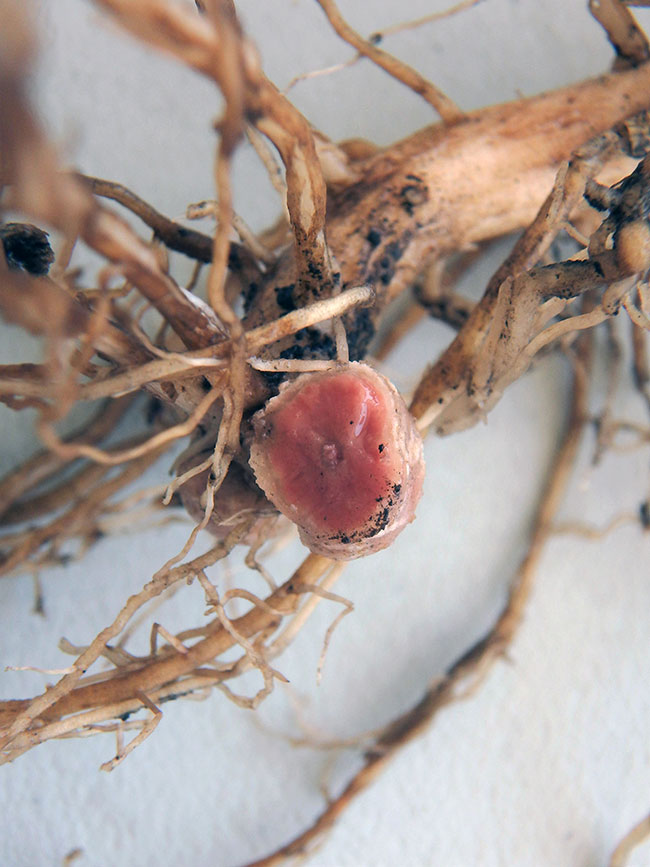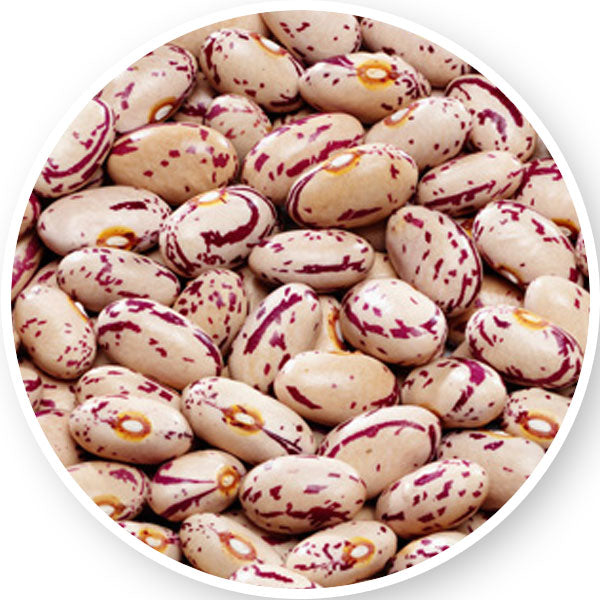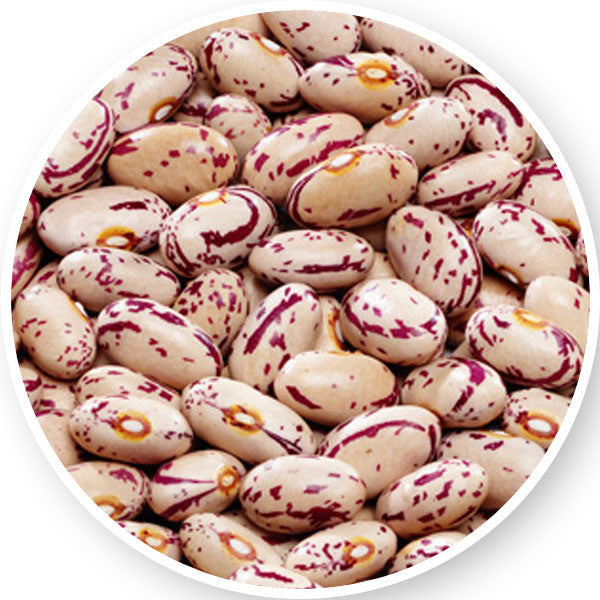Nutrient Management in Soybeans: A Focus on Nodulation and Biological Nitrogen Fixation
Caiphas MuyamboShare with someone
Soybean farming offers immense potential to boost farmers’ profitability and contribute to sustainable agriculture in South Africa. In the 2023/24 planting season, the country produced approximately 1.8 million tons of soybeans, with 71% of this output originating from the Free State and Mpumalanga provinces. As the early harvest approaches in March 2025, soybean prices are projected to reach approximately R8,500 per ton, presenting a lucrative opportunity for farmers. With plant populations ranging from 250,000 to 400,000 plants per hectare, yields of 2–5 tons per hectare are attainable when best practices in management are implemented.
A major driver of soybean yield is effective fertility management. However, many farmers fall short due to widespread misconceptions about the crop’s nutrient needs. Some assume soybeans can "manufacture" all their required nutrients without external inputs, while others mismanage fertilizer applications, either underapplying or overapplying. These practices not only limit yield potential but also compromise soil health and profitability over the long term.
To unlock the full potential of soybeans, farmers must adopt a science-based approach to fertility management. This begins with comprehensive soil testing to determine critical fertility parameters such as pH, organic matter content, and the availability of key nutrients like phosphorus, potassium and other key micro nutrients such as Molybdenum (Mo) and Calcium (Ca). Soil pH, in particular, plays a crucial role, as acidic conditions can hinder root development and nitrogen fixation, among others. Additionally, the field’s cropping history and the presence of Rhizobium bacteria must be carefully considered to ensure successful nodulation and biological nitrogen fixation (BNF).
Furthermore, the benefits of effective nutrient management in soybeans extend beyond individual crop performance. Soybeans play a pivotal role in crop rotation systems by improving soil fertility for subsequent crops through residual nitrogen contributions. This makes soybeans a strategic choice for sustainable farming systems, especially when paired with proper soil and nutrient management practices.
This article explores the essential principles of soybean nutrient management, drawing comparisons with maize to contextualize nutrient requirements. It emphasizes the vital role of Rhizobium bacteria in nitrogen fixation and outlines actionable practices, such as soil pH adjustment and the use of high-quality inoculants to help farmers maximize yields and profitability. Soybeans has a high nitrogen demand and the cheapest and most effective way is to improve nodulation to enhance BNF.
Nutrient Requirements: Soybeans vs. Maize
Many farmers produce maize and use soybeans as a rotational crop. Other farmers are loyal soybean producers. The nutrient management program for maize and soybeans differs and knowledge of this difference can help a farmer maximize yield and reduce input costs. Soybeans and maize differ significantly in their nutrient uptake and requirements per ton of grain produced as follows:
- Maize typically requires 4 kg of phosphorus (P), 18–20 kg of nitrogen (N), and 5 kg of potassium (K) per ton of grain produced.
- Soybeans, being a legume, fix atmospheric nitrogen with the help of Rhizobium bacteria. For a ton of soybean grain:
- Phosphorus: ~3.5 kg
- Nitrogen: Minimal (due to biological nitrogen fixation)
- Potassium: ~15 kg
Without successful nodulation, however, soybeans would require approximately 80 kg of nitrogen to be applied per ton of grain produced, underscoring the critical role of nodulation in minimizing input costs. It is important to state that as a high-protein crop, soybeans have a substantial N demand since N is an essential component of proteins.
Note: The estimated nutrient required stated here is per ton of grain. There is an additional of nutrients required by the stover.
The Role of Rhizobium Bacteria
Rhizobium bacteria are essential for for forming nodules that drive biological nitrogen fixation in soybeans. Soybean nodulation is the result of a symbiotic relationship between soybean plants and the bacterium called Bradyrhizobium japonicum. These bacteria form nodules on soybean roots, converting atmospheric nitrogen into a form the plant can use. Nodulation should commence at V2 and that is when nitrogen fixation commences and fixes maximum nitrogen at around the R2 (full flowering stage) and then starts to decrease. Here are some key benefits of BNF and considerations:
- Reduced Fertilizer Costs: With effective nodulation, soybeans can meet up to 70% of their nitrogen needs through biological nitrogen fixation.
- Soil Health: Residual nitrogen from soybean crops improves soil fertility for subsequent crops.
- Environmental Benefits: Reduced reliance on synthetic nitrogen fertilizers lowers greenhouse gas emissions and minimizes nitrogen runoff into water systems.
Factors Affecting Rhizobium Activity
- Soil health
- Soil pH: Optimal soil pH for Rhizobium activity is between 6.0 and 7.0. In acidic soils (pH < 5.5), Rhizobium bacteria struggle to survive, leading to poor nodulation.
- Soil Organic Matter: Provides food source for micro-organisms including Rhizobia. Also improves soil structure and water holding capacity and acts as buffer for pH fluctuations.
- Nutrient availability: Availability of Phosphorus (P) is crucial for root and nodule development. Adequate P levels are essential for effective nodulation and BNF. Molybdenum (Mo) is probably one of the most important nutrients in soybean production as it is a key component of the nitrogenase enzyme, which is responsible for nitrogen fixation. Excess N from previous applications can also cause poor nodulation.
Mitigating options: Do soil tests to determine pH and nutrient availability. Farmer should apply lime to adjust soil pH at least 3 months before planting. If P levels are low, apply single or double super phosphate before planting. Address Mo deficiency by applying fertilsers such as Sodium Molybdate
2. Rhizobium Strain Selection
- Use inoculants with strains specifically adapted to soybeans.
- Examples of commercial products include Nodulaid, Biofix, and HiStick Soy.
- Ensure inoculants are stored correctly (cool, dark conditions) and applied according to manufacturer instructions.
- Effect of Herbicides
- Herbicide Residue from Previous Crops: Residual herbicides used in maize or other preceding crops can negatively impact Rhizobium bacteria and subsequent nodulation in soybeans. Studies have shown that herbicides such as Atrazine and Imazethapyr are known to have long soil residual activity. For instance, Atrazine requires a withdrawal interval of 10–18 months depending on soil pH and rainfall and Imazethapyr requires a withdrawal interval of up to 18 months in some cases. Both herbicides can persist longer in acidic soils, increasing the risk of residue impact.
- Effect of Glyphosate: Glyphosate is now a widely used herbicide in South Africa on glyphosate resistant varieties (GRV). Numerous studies have shown that multiple application on glyphosate-resistant soybean varieties can significantly inhibit nodulation and BNF. For example, a study by Corral A. R. et al., (2022) showed a 41% reduction in soybean yield on varieties that were treated with multiple applications compared to soybeans that were untreated with glyphosate. The authors concluded that increased “number of glyphosate applications for control weeds could be as damaging as weed interference”. This is supported by a recent study by Ebah E. E. et al. (2024) which indicated that the effect of glyphosate on root nodules is dose dependent. This damage can occur in two ways:
- Direct effect: Glyphosate may reduce the number and weight of nodules formed per plant.
- Indirectly: Glyphosate may harm the plant, impacting the plant-rhizobia symbiosis. Plant stress caused by glyphosate can reduce root development, affecting nodule formation and function
- Environmental Stress:
- Drought Stress: Lack of water can impair nodule formation and nitrogen fixation. Nodules require adequate soil moisture to remain active and functional.
- Soil Compaction: Compacted soils limit root growth, reducing the root surface area available for nodulation.
- Waterlogging: Excessive water can lead to oxygen depletion in the soil, causing nodule death or dysfunction since nitrogen fixation is an aerobic process.
Assessing Root Nodulation
Farmers should check for nodules 2–3 weeks after emergence. Here’s how:

- Inspection Steps
- Carefully uproot plants without damaging roots.
- Look for pinkish nodules on the roots (a sign of active nitrogen fixation).
- A healthy soybean plant should have 10–20 nodules per root system by this stage.
- Nodules may form, but nitrogen fixation can still be impaired due to poor nodule health or environmental stress.
- To assess effectiveness, farmers can cut nodules open. Active nodules will appear pink or reddish inside, indicating effective nitrogen fixation. White, green, or brown nodules suggest inactivity or dysfunction


Mitigation Options
- Re-inoculate plants with Rhizobium products. This can be done post-germination by applying a slurry of inoculant mixed with water directly to the soil near the roots. This needs to be done 2-3 weeds after emergence.
- Use compatible adhesives such as sugar solutions, to ensure the inoculant adheres to seeds if applied before planting.
- Apply small amounts of nitrogen (20–30 kg/ha) to sustain growth if nodulation fails. This nitrogen should ideally be applied at the V2 to R1 stage (from 2–3 weeks after emergence) to ensure the plants have sufficient nitrogen during early vegetative growth. It must be stated that over application on N may depress the nodulation and BNF.
- Foliar application can provide a quick nitrogen boost but is not a substitute for soil-applied nitrogen or biological fixation.
Best Practices for Soybean Nutrient Management
- Soil Testing: Conduct soil tests before planting to determine pH and nutrient levels. Apply phosphorus and potassium based on soil test recommendations.
- Inoculation at Planting: Always inoculate soybean seeds with the correct Rhizobium strain. Use compatible adhesives to ensure good inoculant-seed contact.
- Field Monitoring: Monitor fields regularly for signs of nutrient deficiencies or nodulation issues. Address challenges promptly to prevent yield losses.
- Rotation Benefits: Rotate soybeans with non-leguminous crops such as maize to improve soil health and break pest cycles.
- Re-inoculation at post-emergence: If nodulation is insufficient, re-inoculation can be applied as a slurry to the soil. Use compatible adhesives to enhance adherence to roots.
Conclusion
Effective nutrient management in soybeans is more than a strategy—it's the foundation of profitable and sustainable production. By understanding the unique nutrient needs of soybeans, particularly the critical role of Rhizobium bacteria in biological nitrogen fixation, farmers can significantly reduce input costs and improve yields. Practices such as soil testing, correcting soil pH, selecting high-quality inoculants, and addressing micronutrient requirements like molybdenum and calcium are vital for ensuring optimal nodulation and plant health.
Soybeans' ability to enrich the soil with residual nitrogen further highlights their value in crop rotation systems, benefiting both the current crop and future planting cycles. However, success in soybean farming requires effective planning and close attention. Regular monitoring for nodulation, mitigating environmental stresses, and adhering to best practices in herbicide use are essential steps to maximize productivity.
With soybean prices projected to remain strong, South African farmers have a unique opportunity to capitalize on this high-demand crop. By investing in scientifically grounded nutrient management practices today, farmers can secure resilient yields, improve soil health, and contribute to farming sustainability. Soybean farming is not just about growing a crop—it's about a future of sustainable profitability.


